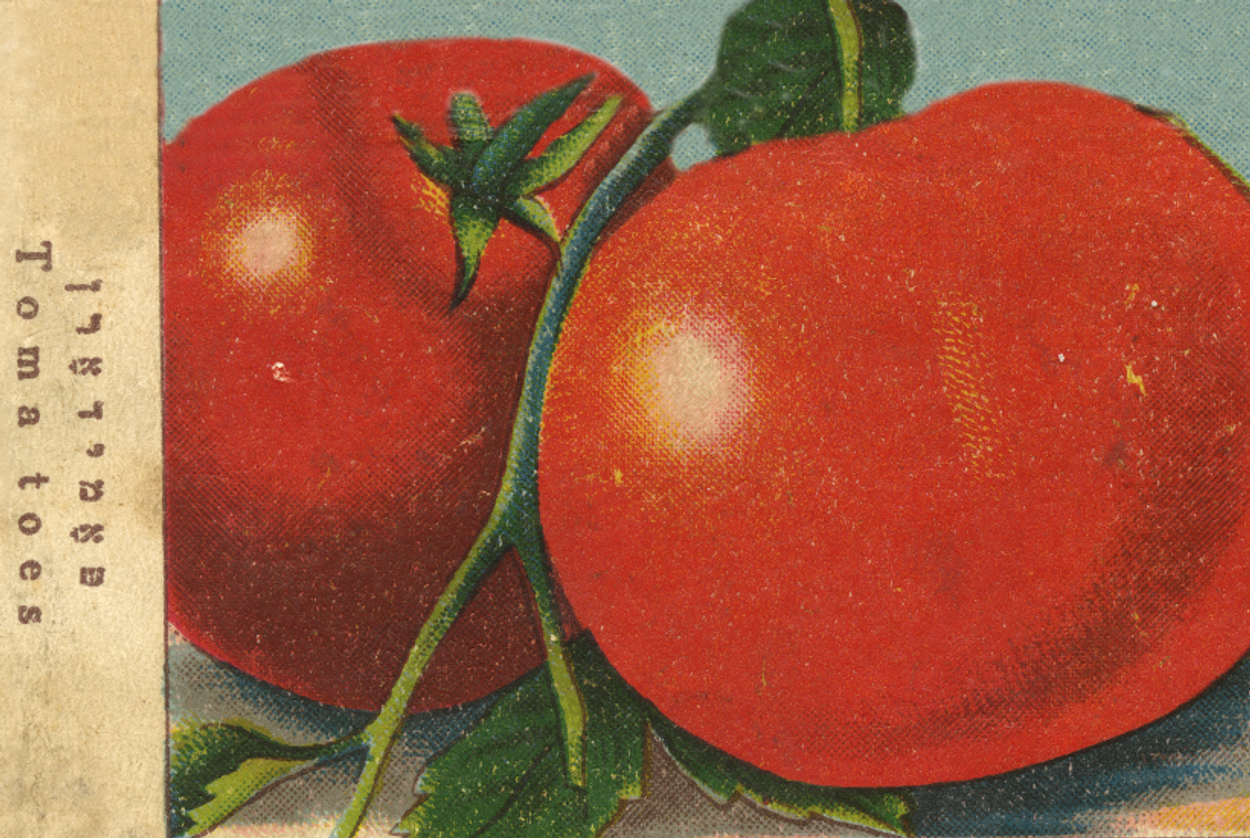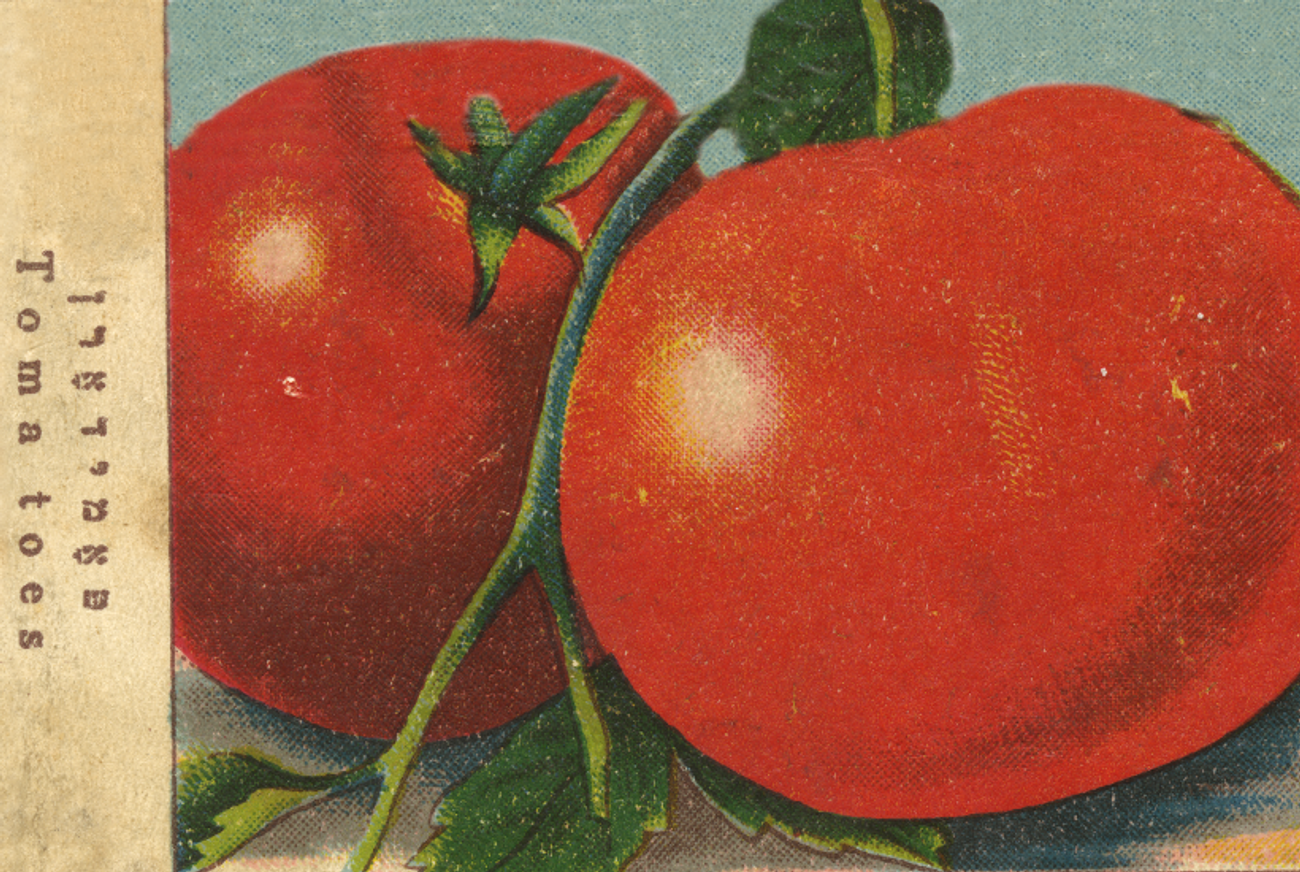No Brisket, No Chopped Liver: Recipes for a Meat-Free Jewish Kitchen
‘The Vilna Vegetarian Cookbook’ offers insight into the city’s prewar culinary scene—and pioneering restaurateur Fania Lewando




Originating as it does from a cold climate, Eastern European Jewish cuisine is almost inconceivable without hearty, meaty dishes like brisket, cholent, and chopped liver. Today’s recipes, with their emphasis on fresh, locally sourced vegetables, can seem alien by comparison, goyish even. But Ashkenazi cooking hasn’t always been synonymous with flesh.
In 1938, chef and health-food expert Fania Lewando published The Vilna Vegetarian Cookbook, a volume of over 400 recipes—everything from entrees and sauces to desserts and drinks—containing not an iota of meat or fish. Now, for the first time, the book is available in English, a milchig Bible for a new generation.
Born in Poland in 1887, Lewando and her husband, Lazar, eventually settled in Vilna. Once there, she both ran a vegetarian restaurant and worked as an educator helping Jewish women cook according to (then) modern nutritionist standards. Europe in the early 20th century already had a thriving vegetarian movement grounded in philosophies of both morality and health, and Lewando was a vocal advocate for a meat-free lifestyle.
Lewando published The Vilna Vegetarian Cookbook as a prominent public figure. She was well-known as an educator and even better-known for her restaurant, an elegant example of local fine dining. (Her cuisine was not for a peasant’s budget.) The guestbook survived the war and boasts messages from patrons like Marc Chagall and dramatist Itzik Manger. The new translation of the cookbook has selections from the guestbook including compliments to the chef, Talmudic citations, and fiery exchanges that reveal some of the politics that animated the vegetarians of the day. “Everyone can be a vegetarian once in a while,” wrote one patron on his dining experience. The signer after him took offense:
Not ‘everyone can be a vegetarian once in a while’! It is everyone’s responsibility to be one. You can become more human; you are on a higher level when you realize your stomach is not a graveyard, not a ‘tomb of the unknown’ where there are tens or hundreds of living creatures. It is particularly a pleasure and responsibility to be a vegetarian in Vilne [sic], where there is Lewando, the poet of the vegetarian kitchen. Bravo, Lewando! With your obstinate propaganda for vegetarianism, you do more good than those who go on and on about brotherly love.
The guestbook offers a glimpse into the city’s vibrant, cosmopolitan cultural life—and how Lewando’s restaurant was at the center of it. Then, the Holocaust closed in.
The last we know of Fania Lewando is that she and her husband attempted to flee Vilna in 1941, when the Nazis invaded and turned part of the once-thriving city into a ghetto. They are thought to have been captured by the Soviets, and all accounts end there; the exact circumstances of their deaths are unknown.
The story of the cookbook and its rediscovery is also somewhat murky. It goes something like this: A couple at an antiquarian book fair in England in 1995 found a copy and donated it to YIVO, the New York-based center for the study of Yiddish-speaking Jewry. A few years ago, friends Barbara Mazur and Wendy Waxman were taking a class at the Institute. After an instructor showed them the book, the two began a campaign to have it republished.
“In Judaism, eating meat is a cause for celebration. Abstaining from meat is a sign of mourning,” said Waxman. “To me, the fact that this woman was completely turning this tradition on its head was just amazing. … This was decades before the ‘farm-to-table’ movement, before the veggie burger, before the Moosewood Cookbook.”
Despite having no experience in publishing, Mazur and Waxman raised $20,000, with which they were able to get through a few key steps, including hiring Eve Jochnowitz, a Yiddishist and food writer with a long-held interest in the cookbook, as translator. “It absolutely amazed me,” recalled Jochnowitz of when she first read the manuscript. “I thought, ‘Wow, this is such great stuff!’ The recipes just struck me as being vivid and original.” Finally, Mazur and Waxman reasoned, the only way to get the book in front of a publisher was through someone who would “give it gravitas.” So, they set their sights on cookbook author Joan Nathan and went to an event she was hosting. They approached her in the parking lot, armed with manuscripts and photographs of Lewando. Nathan was immediately taken with the work—“It was just a lively and interesting glimpse of the past that I had never seen before,” she told me—and recommended it to Schocken Books.
At every step along the way, readers of the Yiddish edition were amazed by not only the content but also the form. The language was sophisticated, and the book was illustrated with beautiful pictures of seed packets. Then, of course, there is the cuisine itself. Indulgent, decadent recipes fill page after page. Some seem traditional, like entire chapters on latkes, Passover foods, and kugel varieties. Other entries have sophisticated twists, like the Challah Charlotte, or the “Pudding With Blintz Wrappers Layered with Cheese.” There are, in traditional vegetarian fashion, also non-meat alternatives to meat and fish dishes: cabbage or potato kreplekh, carrot or green pea schnitzel, imitation kishke.
The book is lively, and in reading it one comes to learn about not just the dishes but about Lewando herself. She can be demanding: In her introduction she insists that all her dishes be prepared exactly as she has them written. At the same time, the entire enterprise is suffused with joy. “She’s very strict,” said Jochnowitz, “but on the other hand she’s so sensuous.” In addition to translating the text, Jochnowitz converted the units of measure from decagrams to cups and tested about 75 of the recipes. As she worked, she was enchanted by the fact that she was making recipes that hadn’t been used for decades. “It was a conversation and it was a communion,” she said. “Tasting her recipes, my body was communing with the food that she made.”
The cookbook doesn’t contain recipes quite as you’d see them today; each one is extremely compact, and Lewando’s idea of a healthy vegetarian diet is a bit out of date. Some of the recipes use enough heavy cream and butter to satisfy Paula Deen. Contemporary vegetarians might also be dismayed by the lack of kale, but Jochnowitz asserts that cabbage (prominently featured) is almost as good. “If you were in Eastern Europe over the course of those long winters,” she explained, “your source of vitamin C was cabbage.”
While the book may sound as though it is for a niche audience, Jochnowitz praises its accessibility—and the glimpse that it offers into history. “I think that the average reader will find recipes that they can make, and I think that they will be absolutely fascinated to encounter this world,” she said. “This picture of the land that we lived in for 1,100 years or more as being gray, dull, flavorless, and cold is inaccurate—or certainly incomplete. There were bright colors, and there were vivid flavors. And Jews lived in this world.”
Nathan, who wrote the book’s foreword, noted that the book bears the stamp of the turbulent time in which it was released. “There was menace ahead,” she said. “But there was also, until then, a feeling of prosperity. It was the end of the Age of Enlightenment.”
Gabriela Geselowitz is a writer and the former editor of Jewcy.com.